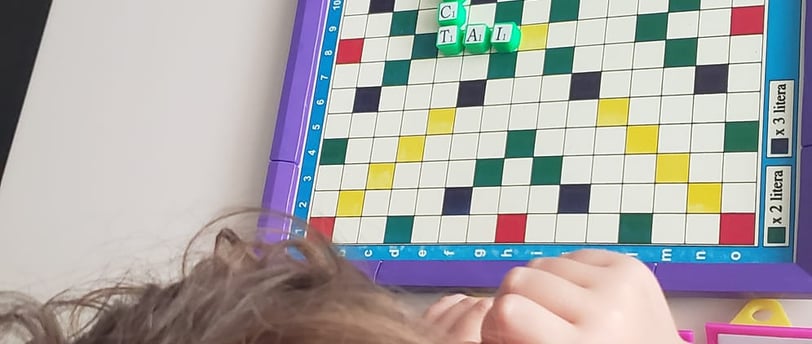CABINET INDIVIDUAL DE PSIHOLOGIE PAP ELENA
servicii psihologice de calitate
Various Teaching Methods for Learning to Read
Various Teaching Methods for Learning to Read
6/19/20241 min read


Phonics Method
- Description: Focuses on learning sounds (phonemes) associated with each letter or group of letters and combining them to form words.
- Advantages: Develops word decoding skills and improves correct pronunciation.
- Disadvantages: Can be challenging for children who struggle with individual sounds.
Whole Language Method
- Description: Emphasizes overall text comprehension, learning whole words, and using context to understand meaning.
- Advantages: Creates a more natural and enjoyable reading experience.
- Disadvantages: May lead to difficulties in recognizing unknown words and decoding problems.
Syllabic Method
- Description: Learning to read by breaking down words into syllables and combining them.
- Advantages: Helps understand word structure and facilitates reading longer words.
- Disadvantages: Less effective for languages with complex syllabic structures.
Sight Words Method
- Description: Focuses on memorizing a set of common words that do not follow usual phonetic rules.
- Advantages: Improves reading fluency through quick word recognition.
- Disadvantages: Requires memorization and doesn't develop decoding skills.
Multisensory Method
- Description: Uses different senses (sight, hearing, touch) to aid in learning to read.
- Advantages: Suitable for children with learning difficulties, such as dyslexia.
- Disadvantages: May require more time and resources to implement.
Storytelling Method
- Description: Uses stories and narratives to stimulate children's interest and help them understand and remember words.
- Advantages: Makes learning more engaging and relevant for children.
- Disadvantages: May not focus enough on technical reading skills.
Integrating these methods can create a balanced learning program tailored to the varied needs of children. Each child is unique, so adjusting the methodology according to individual learning styles and paces is essential for successful reading education.


